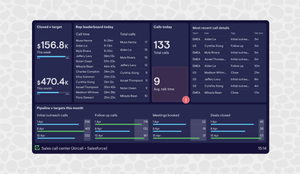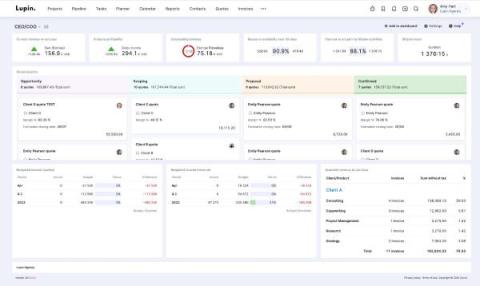3 Ways to Set Up Real-time Analytics for your Business
If you work in a fast-paced business, it’s not hard to see why real-time analytics might be valuable. Being able to analyze live (or near-live) data can help you and your team react faster, and make more informed decisions in the moment. Setting up analytics and reporting systems always has the potential to cause a headache – this is especially true when it comes to working with real-time data.










